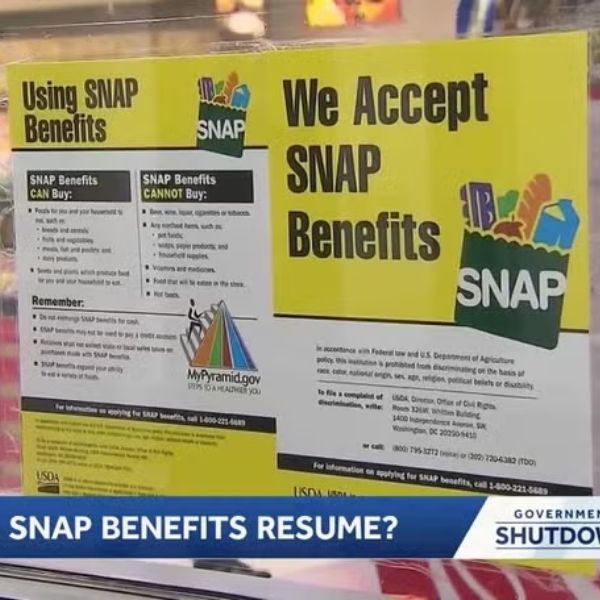If Kentucky relied solely on its food banks, the state’s feeding system would collapse within a week. That’s not an exaggeration — it’s simple math. Even the strongest food distribution network in the state can cover only a fraction of what the Supplemental Nutrition Assistance Program provides each month.
We often talk about the generosity of Kentuckians, especially during crises. But we need to talk about scale. Feeding Kentucky’s seven food banks make up the state’s largest charitable response to hunger, and the truth is clear: food banks were built to support, not replace, a federal nutrition program that delivers nine times more meals.
Every day, distribution sites move massive amounts of food — millions of pounds each month — to keep families from going without. That work is driven by donors, volunteers, and partners who step up when hardship strikes.
The 43-day federal shutdown, the longest in U.S. history, became an unexpected stress test for our hunger infrastructure. The lesson was unmistakable: when SNAP goes unfunded, families face hardship immediately and the strain on food banks becomes impossible to sustain.
This summer, Congress passed House Resolution 1, which includes long-term changes to SNAP’s funding model and adjusts how states share administrative costs.
Kentucky’s specific cost share will be announced soon, giving the General Assembly a chance to prepare during the next budget session. With thoughtful planning, the state can support the 645,000 Kentuckians who rely on SNAP and help stabilize families while strengthening the workforce.
Map the Meal Gap shows that more than 750,000 Kentuckians experience food insecurity — including one in five children and one in eight seniors. These are not just numbers. They are employees, students, parents, caregivers, and retirees.
This is where the conversation must be honest: SNAP is not just a nutrition program. It is also an economic and workforce engine.
More than 95% of SNAP recipients are working, retired, or disabled. SNAP helps families stay stable so adults can remain employed. It allows seniors raising grandchildren to keep food on the table. It helps small businesses retain dependable employees by reducing turnover.
It supports Kentuckians who can no longer meet the physical demands of work. And it keeps students fed, improving attendance, behavior, and long-term workforce readiness. We cannot build tomorrow’s workforce on empty stomachs.
These economic realities highlight the central point: charity cannot replace the scale or stabilizing force of SNAP.
Feeding Kentucky’s network provided about 63 million meals last year — an incredible accomplishment. But SNAP delivered nearly $100 million in benefits in October alone, more than six times the combined monthly budgets of all seven food banks in the state.
Charitable food assistance plays a vital role in filling short-term gaps, but it was never designed to absorb large federal cuts. No donation drive, holiday campaign, or emergency fundraiser can match SNAP’s infrastructure or economic impact.
Last month, the legislature and the Governor’s office worked together to fund the senior meals program — a bipartisan decision that protected vulnerable Kentuckians. That same commitment is needed as SNAP’s state cost shift approaches. We need a strong, stable nutrition program that keeps people working, keeps kids learning, and keeps families fed.
SNAP provides all of that, every single day.
Now is the time to protect it.
This article has been carefully fact-checked by our editorial team to ensure accuracy and eliminate any misleading information. We are committed to maintaining the highest standards of integrity in our content.











Leave a Comment